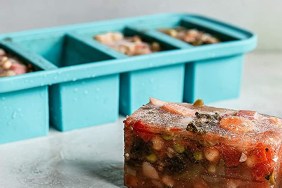During both of my girls’ newborn phases, it sometimes seemed like more milk was coming back out than going in. My first baby’s frequent and copious spit-ups made me so nervous that I actually had her tested for a serious gastric condition. It turned out that she was perfectly healthy — just struggling with my forceful milk let-down.
In search of solutions, I saw a…








